In the heart of Visakhapatnam is an establishment that has illuminated the lives of many with the light of knowledge – the prestigious Mrs A V N College. With a rich history spanning over 160 years, the college has grown from a school to a comprehensive institution that fosters education and culture. In fact, the college is widely associated with many eminent personalities – CV Raman might ring a bell. This feature will scrutinize the rich history of Mrs AVN College and find out what makes it one of the most well-known and praised institutions in Vizag.
In 1860, the citizens of Vizagapatam requested a Government School be established in Vizag by the administration of Madras Presidency and offered a donation of Rs 5000 to start the school. The Director of Public Instruction, Mr McDonald, rejected the request stating that there were adequate Missionary administered schools to serve the public. Consequently, the Visakha Hindu Anglo-Vernacular School was independently started by the efforts of the Inspector of Schools Mr Alexander Grant, Vizagapatam District Collector Mr E Fane, Rajah Goday Gajapathi Rao and Chendiga Venkataswami Naidu. The first Headmaster was a European Mr. E. Winckler and the schools first teacher was Nalla Ramaya Garu. The school was later elevated to a High School and taught to the Matriculation standard. For many years the school survived by the subscriptions of wealthy local Zamindars like Vizianagram and Bobbili, donations from some Government officials and local business enterprises.
In 1878, the school was raised to a Second Grade College affiliated with Madras University under the name of The Hindu College. Subsequently a hostel for 50 students was attached to the college, most of these students were Brahmin.
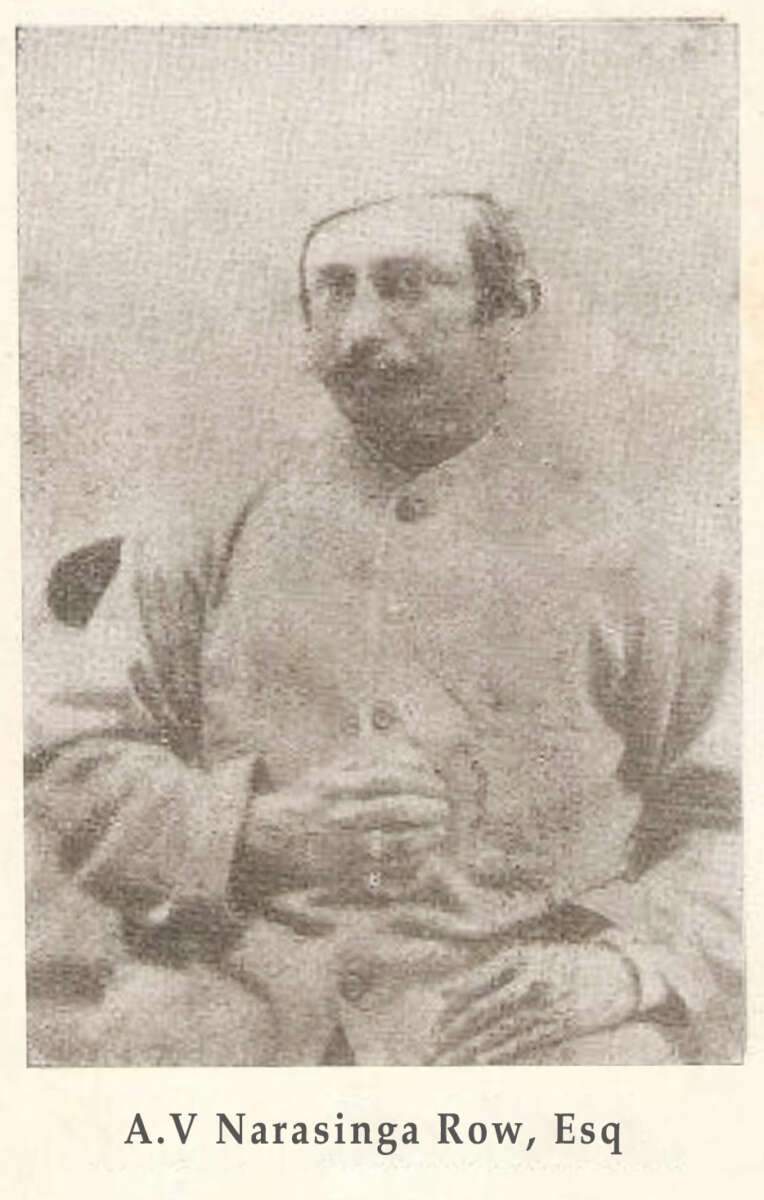
In 1899 the management of the college was changed. Mr Ankitam Venkata Narasinga (AVN) Row, the Deputy Collector of Vizagapatam had married into the Goday family, the landed gentry of Anakapalli Estate. In 1892 Mr Narasinga Row bequeathed 11 acres of land, the sum of Rupees One Lakh and a Building Fund of Rs 15,000 to the Government for the specific charitable purpose of running the school and naming it after his wife Mrs AV Narasinga (AVN) Row. The committee appointed to manage the will of Mr AV Narasinga Row met on the 1st April 1899 (125 years ago) and the institutions name was changed to Mrs AV Narasinga Row (AVN) College. In these early days, education was only provided for boys because of the traditional Hindu view about the education of girls.
The original school was started with 30 boys in a building behind the Hindu Library off the Main Road in Vizag. The college was built on a hillock in Chengalraopeta. The building is a beautiful structure in ashlar stone masonry with an excellent view of the sea. The building was designed as a two storied elongated block with central entrance leading through a double height pointed Saracenic arched portico that divides the whole building into two wings. The covered porch was decorated with slender octagonal tapered minarets with arches that resemble Islamic architectural style.
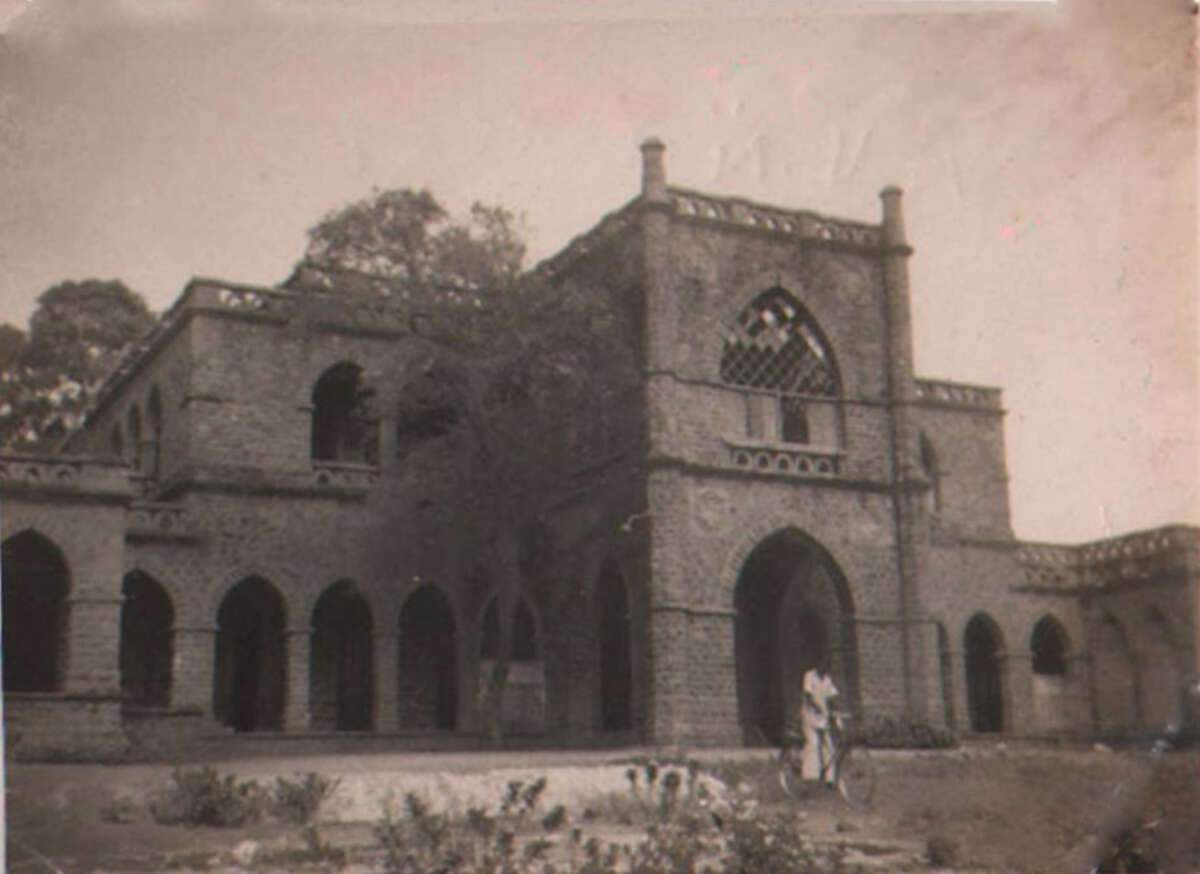
As Government support for the school gradually increased, so did the rules and regulations that bound it. As the Government did not prescribe textbooks for independent schools, the curriculum relied on Telugu books written by elite authors like Kandukuri Veeresalingam and Chilikamarti Lakshminarasimham to be studied as textbooks. The general unavailability of books forced the study on the texts prescribed for the Government funded schools. During this time groups like the Madras Vernacular School Book Society and Upayukta Grandha Karana Sabha started to supply textbooks for use in educational institutions.
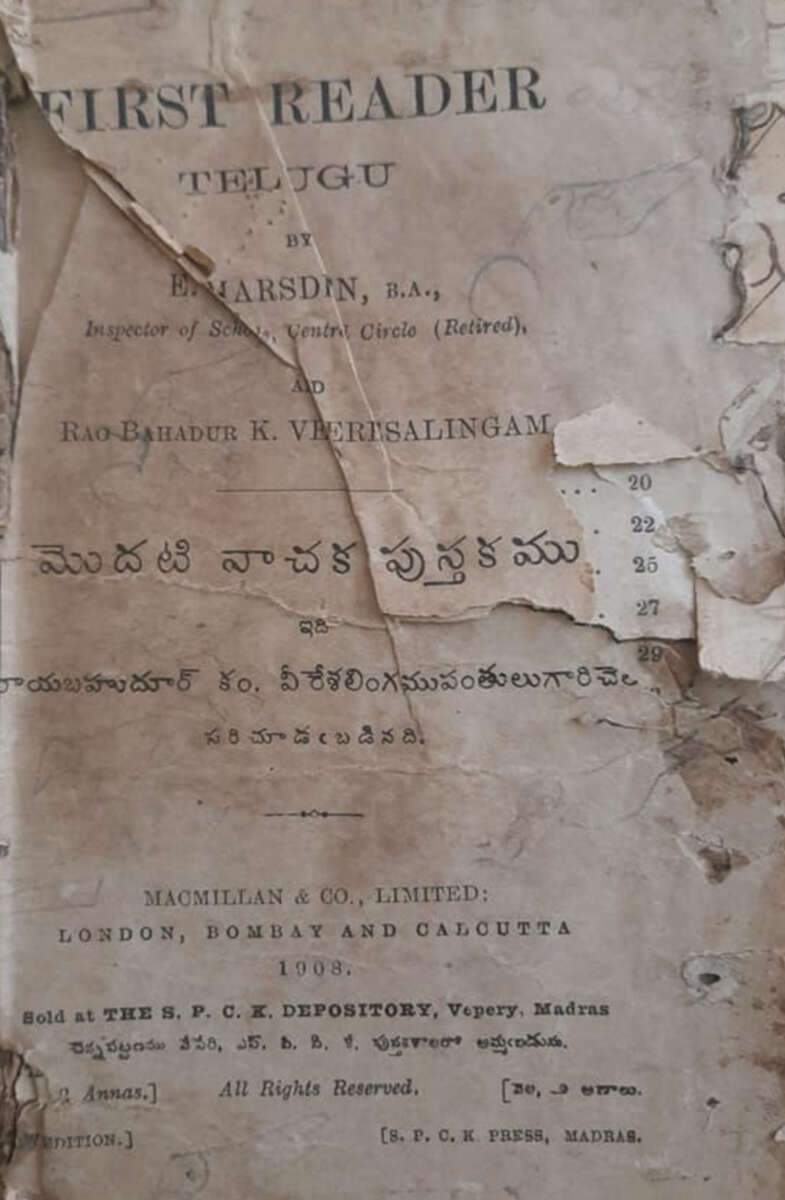
An active and influential Old Boys Association lobbied for the College to be raised in status to a First Grade College offering the Bachelor of Arts degree. This happened on 1 April 1944.
Among the numerous accomplished alumini in the history of Mrs AVN College, Vizag, are BN Sarma, Sarvarsi Vepa Ramesam, Sonti Venkata Ramamurthy, Tenneti Viswanadham, Alluri Sitaramaraju and its most eminent student was the 1930 Nobel Prize for Physics winner Sir CV Raman.
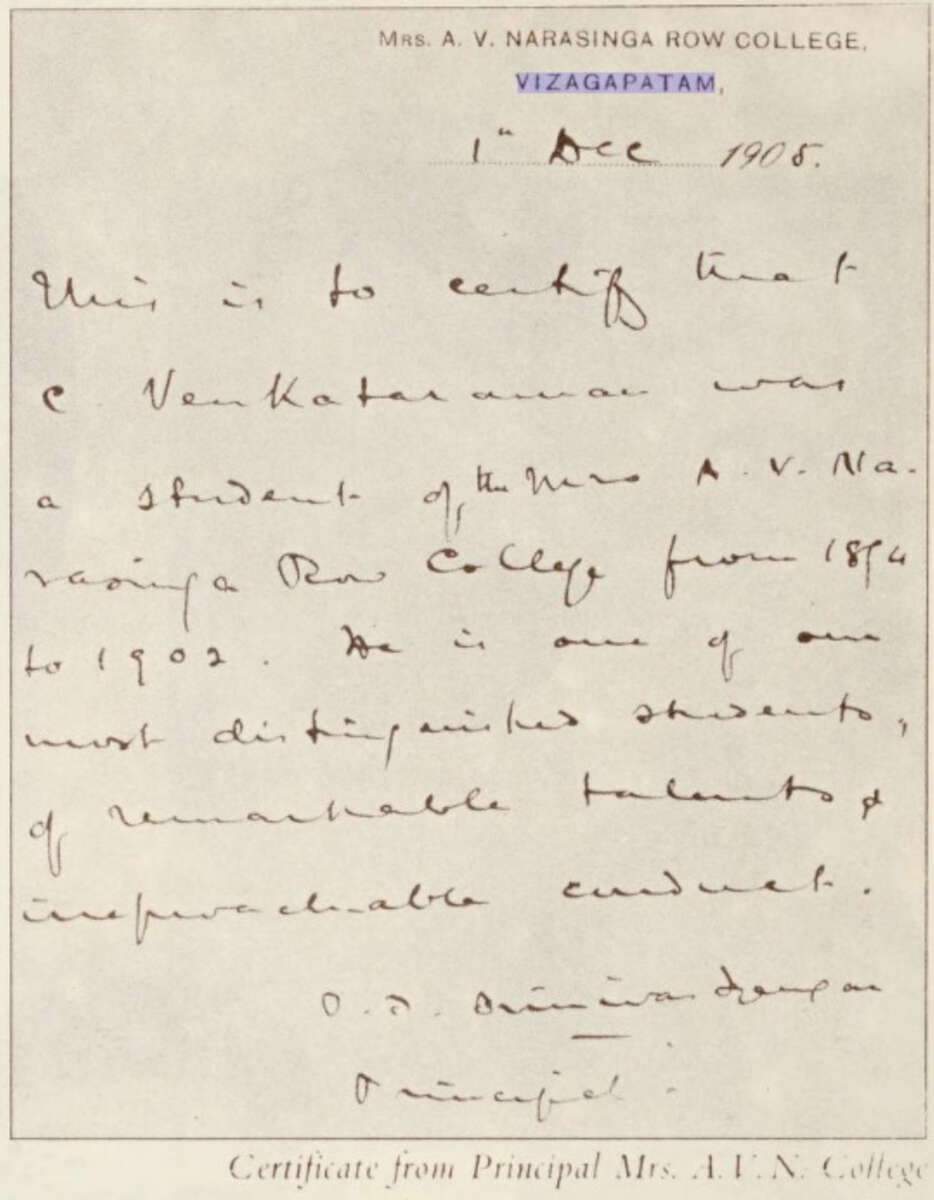
Sir Chandrasekhara Venkata Raman (7 November 1888 – 21 November 1970) was, in 1930, the first Asian to win the Nobel Prize in any branch of science. Known today as the Raman Effect, his contribution to physics was related to the scattering of light rays. CV Raman attended Mrs AVN College between 1894 and 1902 where he exhibited his academic brilliance at an early age. His was father was a lecturer in mathematics and physics at Mrs AVN College.
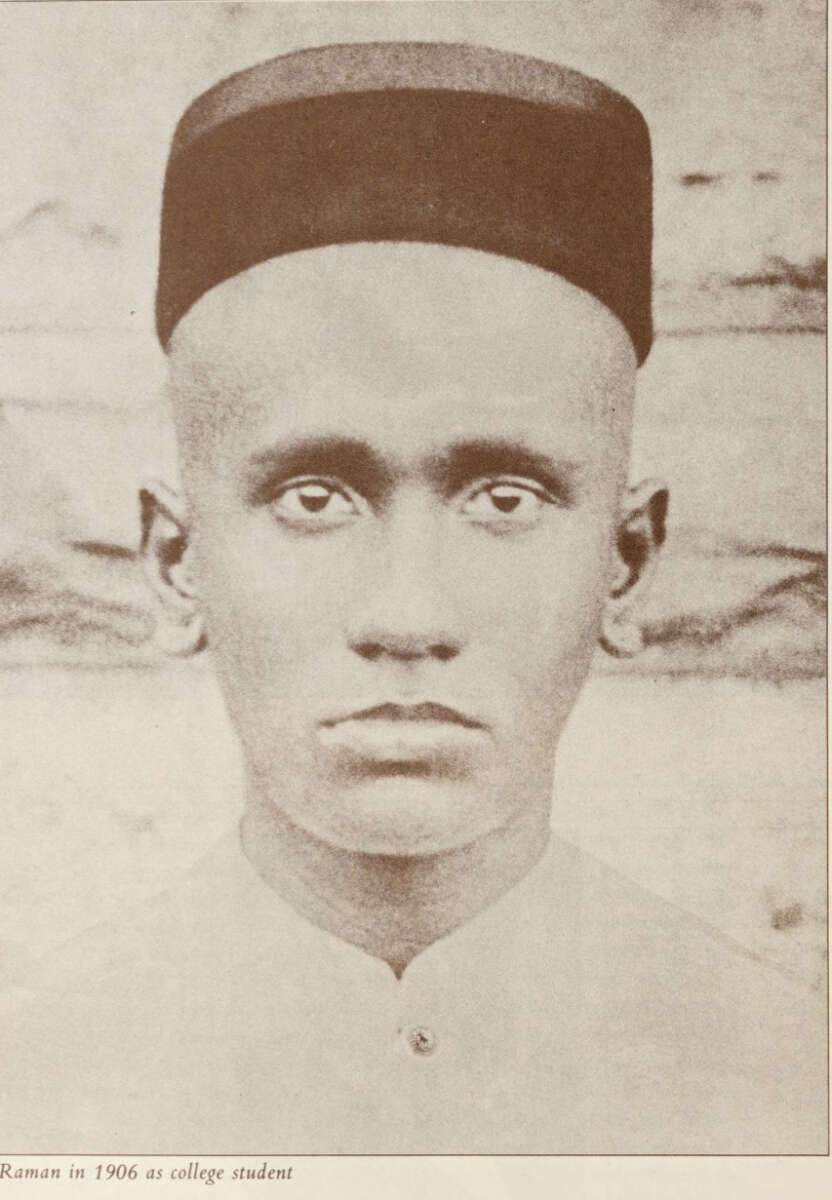

For over 160 years, Mrs AVN College has been an iconic educational institution in the history of Vizag. Through is hallowed verandahs have passed illustrious teachers and lectures who have influenced the formative education and outstanding success that many a scientist, engineer, doctor, lawyer, politician, scholar and many other professional graduates that have underpinned the industrial and population growth of Vizag.
Written by John Castellas whose family belonged to Vizag for 5 generations. Educated at St Aloysius, migrated to Melbourne, Australia in 1966, former General Manager Engineering at Boeing & Qantas Airways, in retirement Lecturers in Aviation Management at Swinburne University and is a Vizag aficionado. John authors heritage articles for YoVizag and Waltair Times and has contributed to Coffee Table Books for the Waltair Club and Andhra Medical College.
Should you have an anecdote or history on Vizag, the author would appreciate you contact him on jcastell@ozemail.com.au.
Read also: Origins of St Joseph’s Convent, a historical educational institute in Vizag
Stay tuned to Yo! Vizag website and follow our Instagram for such feature stories.


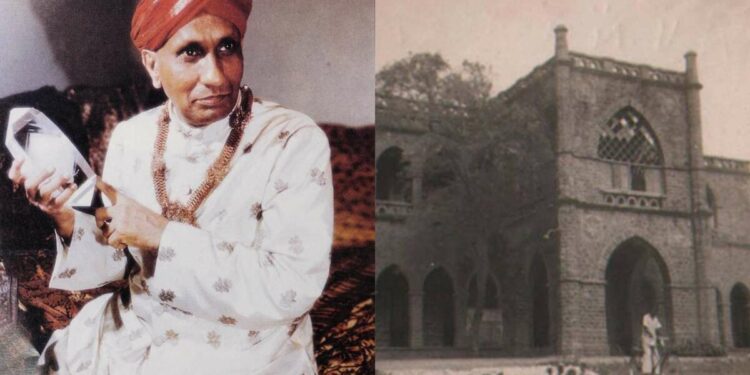







Discussion about this post